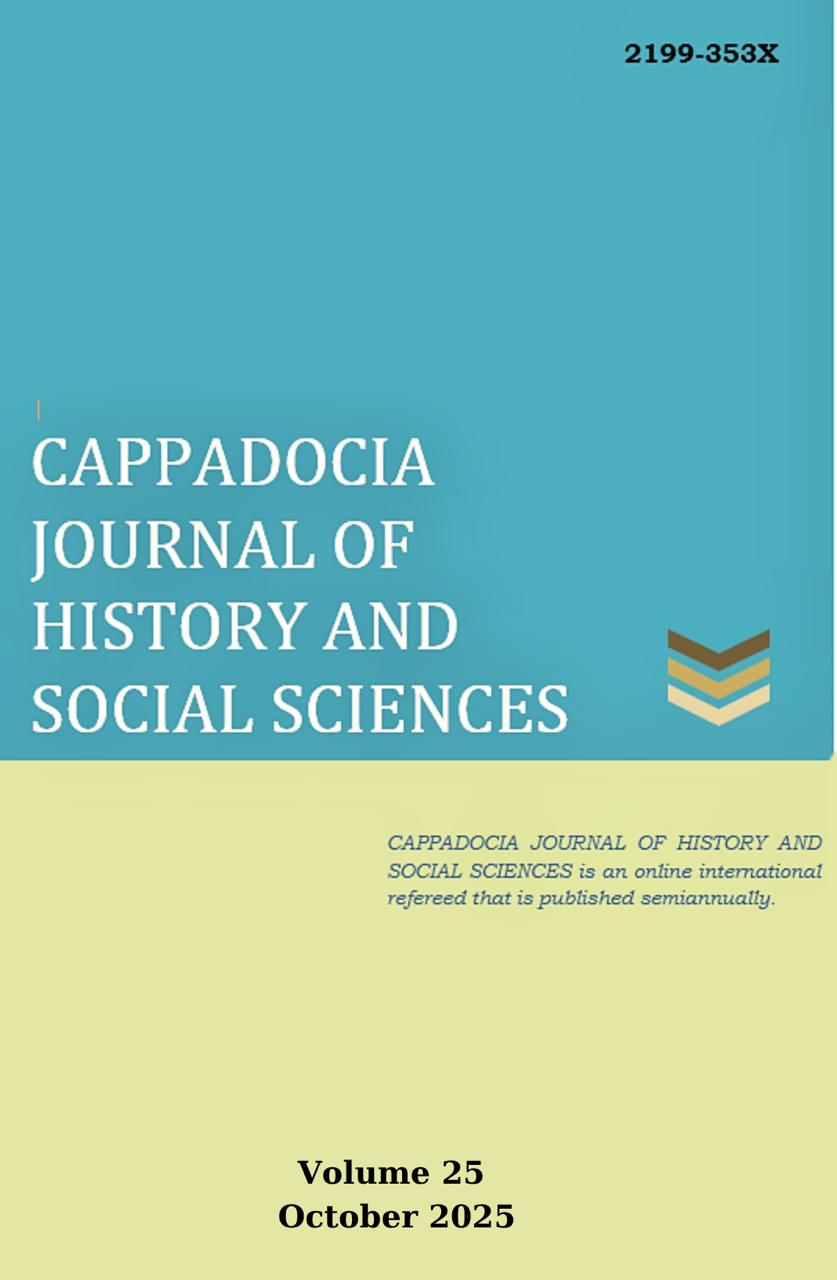İRAN’IN ARA (IX. VE XI. YÜZYIL ) DÖNEMİNDE ŞİÎLİK VE SİYASET: SÂMÂNÎLER’DEN BÜVEYHÎLER’E MEZHEPSEL YAKLAŞIMLAR
Author :
Abstract
Bu çalışma IX. ve XI. yüzyıllar arasında İran coğrafyasında yaşanan ve “Iranian Intermezzo” olarak adlandırılan ara dönemde, yerel İran hanedanlıklarının Şiîlik ile ilişkilerini incelemektedir. Abbâsî Halifeliği'nin merkezi otoritesinin zayıfladığı bu süreçte ortaya çıkan Saffârîler, Sâmânîler, Ziyârîler ve Büveyhîler gibi hanedanlıkların mezhepsel tercihlerinin siyasi meşruiyet arayışlarıyla nasıl ilişkilendiği sorgulanmaktadır. Hanedanların her birinin Şiîlik karşısındaki tavırları; bölgesel, toplumsal ve ideolojik koşullar bağlamında değerlendirilmekte; Şiîliğin bir inanç sisteminden ziyade siyasi bir araç olarak nasıl konumlandığı irdelenmektedir. Saffârîlerin Abbâsî karşıtı tutumu, Sâmânîlerin Sünnî-Ortodoks yapısı, Ziyârîlerin Zeydî etkiler altındaki geçici eğilimleri ve Büveyhîlerin İmamiyye Şiîliğini kurumsal bir siyasal ideolojiye dönüştürmeleri üzerinden Şiîliğin dönemin siyasi yapılarında nasıl işlevselleştiği analiz edilmiştir. Makale, Şiîliğin bu dönemde yalnızca bir inanç sistemi ve aynı zamanda meşruiyet üretme aracı olup olmadığı hususuna cevap aramaktadır.
Keywords
Abstract
This study examines the relationship between local Iranian dynasties and Shi'ism during the transitional period, known as the "Iranian Intermezzo," which spanned the 9th to 11th centuries in the Iranian region. It interrogates how the sectarian preferences of dynasties such as the Saffarids, Samanids, Ziyarids, and Buyids—which emerged during the period when the central authority of the Abbasid Caliphate was in decline—were interrelated with their pursuit of political legitimacy. The study evaluates the stance of each dynasty towards Shi'ism within the broader context of regional, societal, and ideological conditions, thereby exploring how Shi'ism was positioned not merely as a religious system but also as a political instrument. Specifically, it analyzes the anti-Abbasid orientation of the Saffarids, the Sunni-orthodox structure of the Samanids, the transient tendencies under Zaydi influences among the Ziyarids, and the transformation of Imamiyye Shi'ism into an institutional political ideology by the Buyids. Ultimately, the article seeks to determine whether Shi'ism during this period functioned solely as a belief system or also as a tool for the production of legitimacy.





